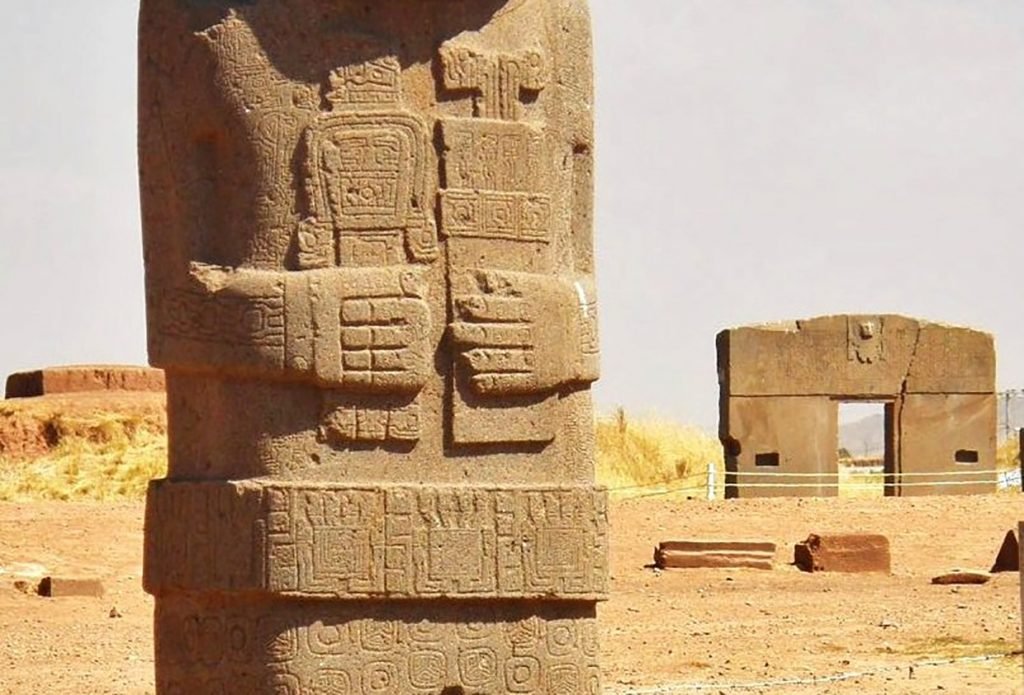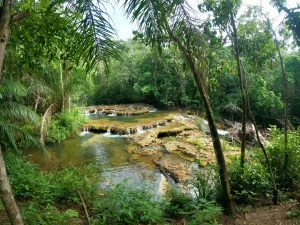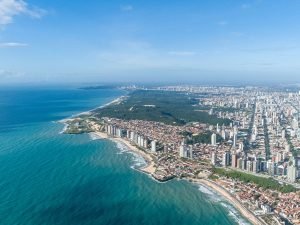Tiwanaku is an archaeological site located in Bolivia that was once an important cultural and religious center of the pre-Columbian civilization. Since 2000, Tiwanaku has been included by UNESCO as a World Heritage Site, it is a relatively unknown destination. You will be surprised by its grandeur and impressive stone structures.
La Puerta del Sol [The Sun gate]
It is a carved stone structure with a height of approximately 3 meters and a width of 4 meters. It has a rectangular shape with a T-shaped central opening and is decorated with intricate reliefs depicting human figures, animals and supernatural beings.
At the top of the Puerta del Sol is a central figure known as the Tiwanaku Sun, which is an important symbol of the Tiwanaku culture. Below this figure are two human figures, one on each side, believed to represent the gods of the Tiwanaku culture. Puerta del Sol is an impressive structure and highly valued for its cultural and historical value. However, it is also important to highlight that its current state of conservation is not the best.
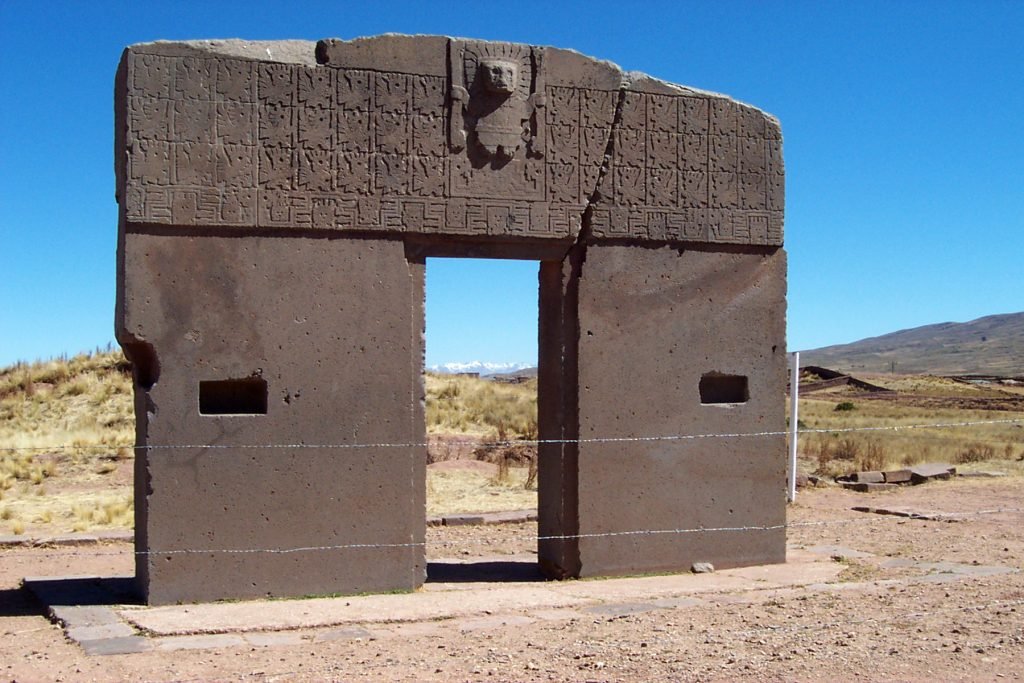
The Akapana Pyramid
It has an original height of around 18 meters and a base of 200 square meters. It is made of earth and stone and is composed of several stepped platforms with a terrace structure on top. It is believed that the Akapana Pyramid may have been used for religious ceremonies or as an administrative and residential center for the Tiwanaku elite.
It has also been suggested that the structure could have been used as an astronomical observatory due to its location and the presence of water channels and other symbolic elements in the construction.
The Akapana Pyramid is an important archaeological site in Bolivia and has been the subject of numerous archaeological studies and excavations to better understand the culture and history of Tiwanaku and the Andean region in general.
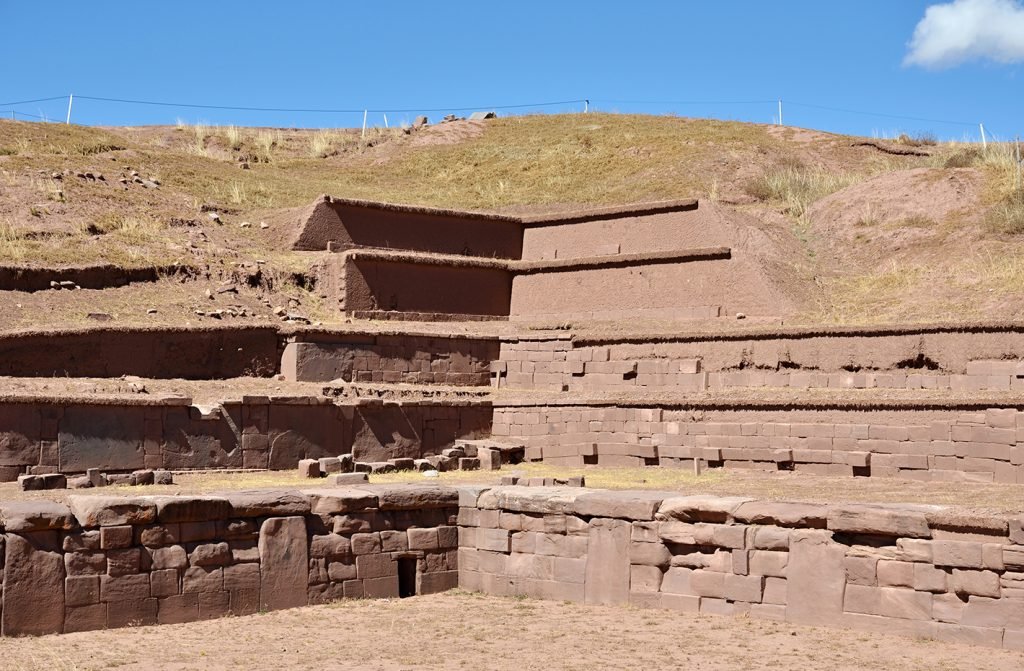
Kalasasaya Temple
It is a rectangular structure with stone walls and a raised platform in the center. On the platform there are several stone blocks carved with geometric figures and sculptures of animals and human beings. There are also a series of monoliths, large stones carved with images of gods and important figures of the Tiwanaku culture.
This Temple is considered by many experts to be an important ceremonial and astronomical center. It is believed that the arrangement of the stone blocks and monoliths is related to the observation of the movements of the sun and moon, and that the temple was used to perform religious rituals and ceremonies.
The Kalasasaya Temple is one of the oldest structures in Tiwanaku, and its construction is estimated to date back to the 7th century AD. Its cultural and archaeological importance makes it one of the most visited sites in Bolivia.
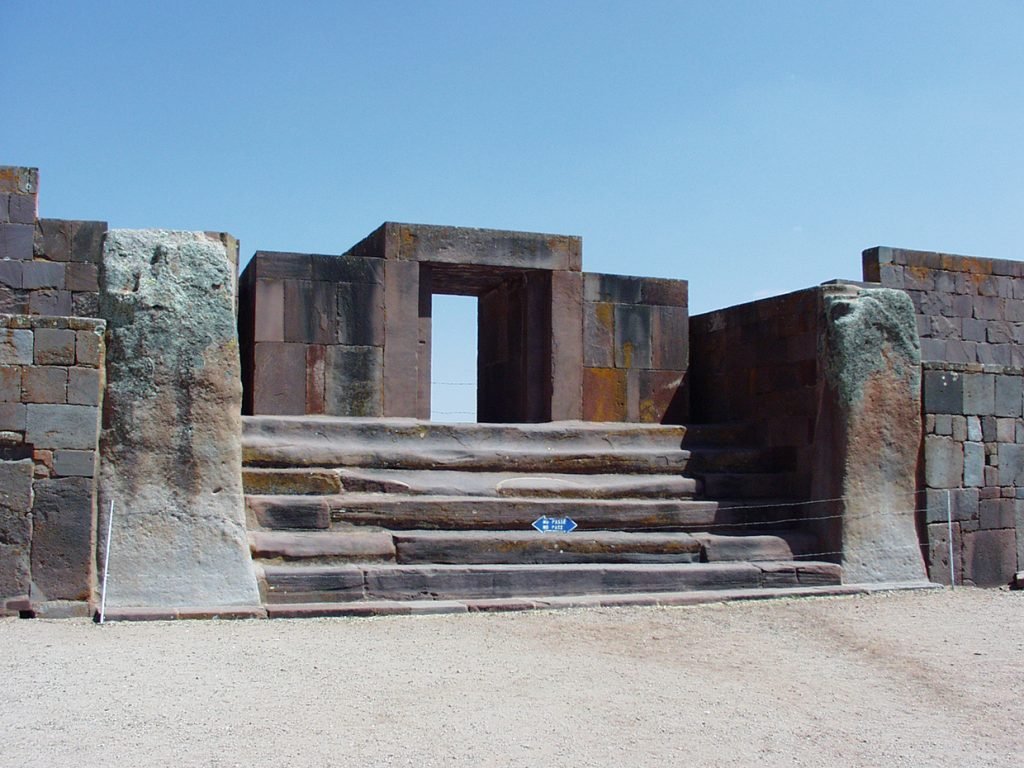
Tiwanaku Museum
It is located near the Tiwanaku archaeological site and is home to an impressive collection of artifacts and objects dating back to the time of the Tiwanaku culture.
The museum has several exhibition rooms that display ceramics, textiles, stone sculptures, work tools, jewelry and other objects of daily life of the Tiwanaku culture.
There are also models and reconstructions of some of the most important architectural structures of the archaeological site. One of the most notable pieces of the museum is the stone statue of the Tiwanaku culture known as the Bennett Monolith. This statue is considered a masterpiece of pre-Columbian sculpture and represents a male character sitting on a throne, surrounded by human and animal figures. We recommend visiting the museum’s website.
The Pumapunku Complex
It is made up of several monumental structures, including temples, platforms, walls and water channels.
The most distinctive feature of this archaeological site is the enormous stones used in its construction, some of which weigh several tons and are carved with surprising precision.
Although the exact function of the Pumapunku Complex is unknown, it is believed that it may have been a ceremonial and political center of the Tiwanaku civilization. Evidence has also been found that activities related to agriculture and astronomy were carried out at this site.
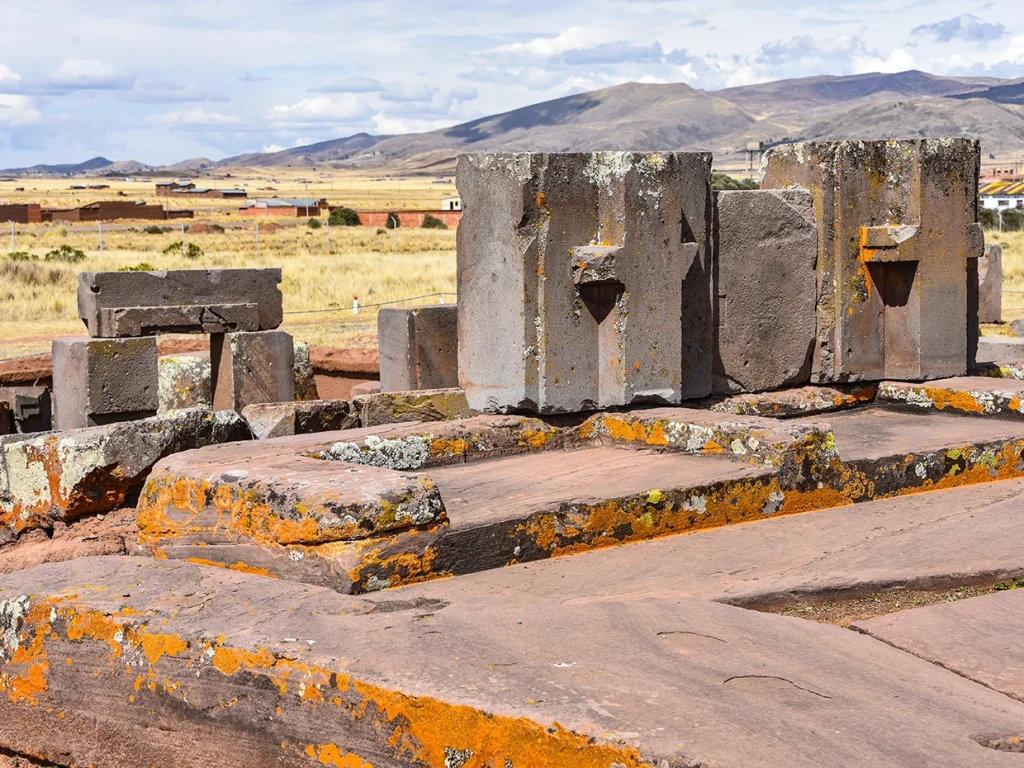
Semi-subterranean Temple
It is one of its most outstanding monuments in Tiwanaku. The Semi-Subterranean Temple is a stone structure that lies partially below ground level. It has an “H”-shaped plan, with two symmetrical entrances at the ends and a central staircase that leads to an underground hallway. Inside the temple there is a large room, known as the “room of the monoliths”, which contains enormous blocks of stone carved with reliefs and anthropomorphic figures.
The exact purpose of the Tiwanaku Semi-Subterranean Temple remains unknown, although it is believed to have had ceremonial or religious use. The architecture and details carved into the stones suggest that the structure was closely related to the cosmology and religious beliefs of the Tiwanaku culture.
The construction of the temple is estimated to date back to around 500 AD. and is considered one of the most impressive achievements of pre-Columbian architecture in South America.
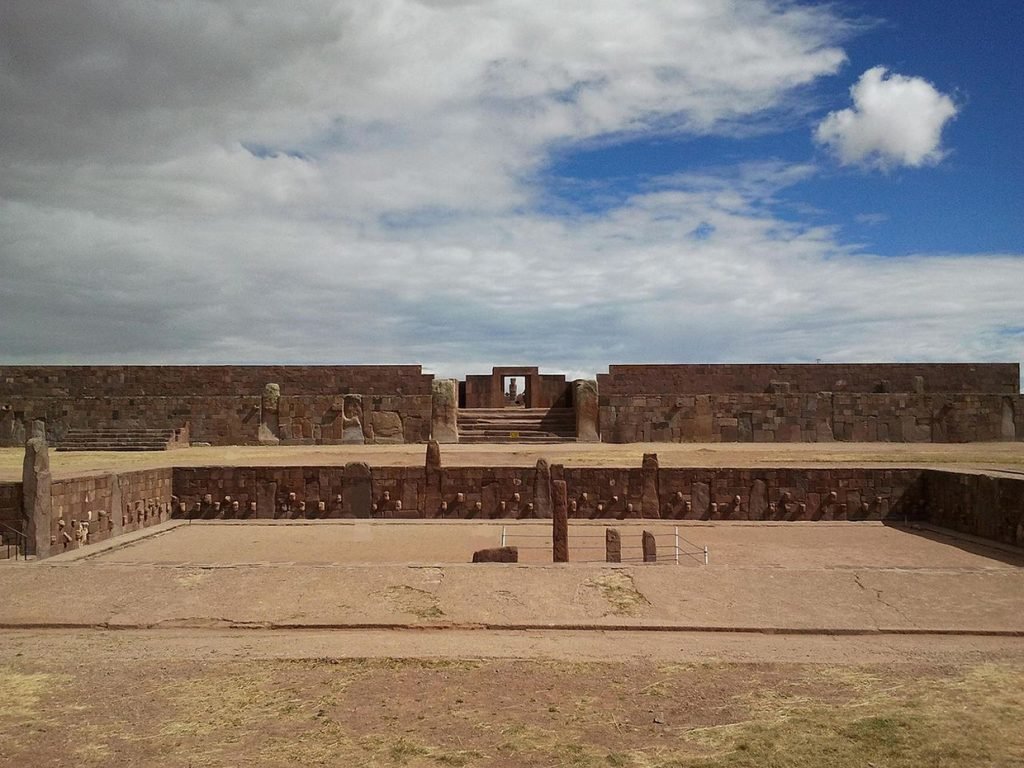
Ponce Monolith
It is a huge figure carved from a single piece of stone, representing a human character standing and dressed in ceremonial clothing. The figure is approximately 7 meters tall and weighs around 20 tons. The sculpture is known as the Ponce Monolith because it was discovered in 1932 by Bolivian archaeologist Carlos Ponce Sanginés, during excavations at the Tiwanaku site.
Since then, it has been one of the site’s main tourist attractions and an object of study for archaeologists and art historians. The exact function of the Ponce Monolith in Tiwanaku culture is still the subject of debate, but it is believed that it may have been used in religious ceremonies or as a symbol of political and social authority in the city.
